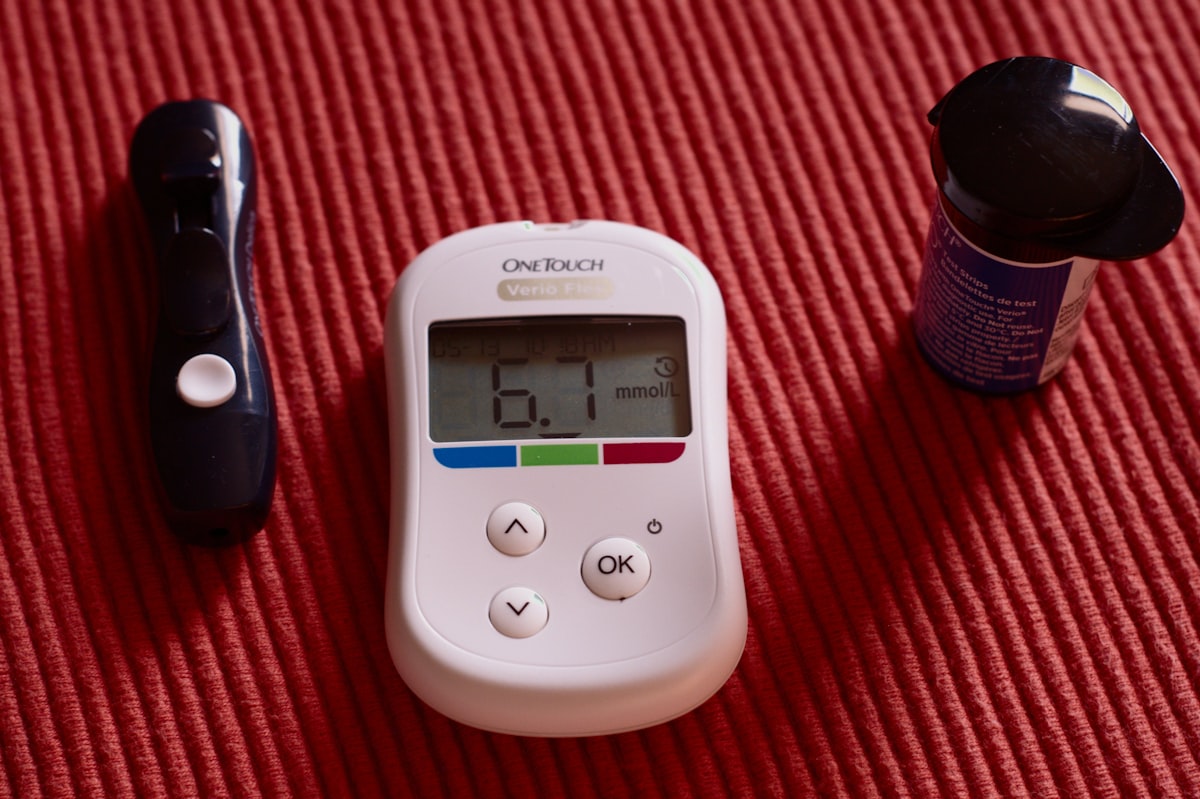
Non-fasting blood sugar levels refer to the amount of glucose in the bloodstream at any given time, regardless of when the individual last ate. Unlike fasting blood sugar levels which are typically measured after at least 8 hours of fasting, non-fasting blood sugar levels can provide valuable information about how the body is managing glucose throughout the day. In this article, we will explore what non-fasting blood sugar levels mean, how they are measured, and what you need to know about interpreting the results.
Understanding non-fasting blood sugar levels is important for monitoring and managing conditions such as diabetes, insulin resistance, and hypoglycemia. By measuring blood sugar levels at different times throughout the day, healthcare providers can gain insight into how the body responds to food, exercise, and other factors that affect blood sugar levels.
Non-fasting blood sugar levels can vary depending on a variety of factors, including the type of food consumed, the timing of meals and snacks, physical activity levels, stress, medications, and underlying medical conditions. While fasting blood sugar levels are used to diagnose diabetes and monitor glucose control, non-fasting blood sugar levels can provide a more comprehensive picture of how the body responds to different stimuli.
To measure non-fasting blood sugar levels, individuals can use a blood glucose meter to monitor their blood sugar levels at home, or healthcare providers can perform a blood test in a clinical setting. The results are typically reported in milligrams per deciliter (mg/dL) or millimoles per liter (mmol/L), and can be interpreted based on established guidelines for normal, pre-diabetes, and diabetes ranges.
Normal non-fasting blood sugar levels are typically less than 140 mg/dL (7.8 mmol/L), while levels between 140-199 mg/dL (7.8-11.0 mmol/L) may indicate pre-diabetes. Blood sugar levels above 200 mg/dL (11.1 mmol/L) are considered diagnostic for diabetes, especially if accompanied by symptoms such as increased thirst, frequent urination, blurred vision, and fatigue.
It is important to note that non-fasting blood sugar levels can fluctuate throughout the day, so it is advisable to monitor blood sugar levels at different times and under different circumstances to get a more accurate assessment of glucose control. For individuals with diabetes, monitoring blood sugar levels before and after meals, before and after exercise, and at bedtime can provide valuable information for adjusting diet, exercise, and medication regimens.
In addition to blood sugar levels, healthcare providers may also order tests such as hemoglobin A1c (HbA1c) and oral glucose tolerance test (OGTT) to assess glucose control over a longer period of time or to confirm a diagnosis of diabetes. These tests can provide complementary information to non-fasting blood sugar levels and help tailor treatment plans for individuals with diabetes or other glucose-related conditions.
Managing non-fasting blood sugar levels involves a combination of lifestyle modifications, medication, and regular monitoring. For individuals with diabetes, following a healthy diet, engaging in regular physical activity, monitoring blood sugar levels regularly, taking prescribed medications as directed, and working closely with healthcare providers can help maintain glucose control and prevent complications associated with uncontrolled diabetes.
In addition to diabetes, non-fasting blood sugar levels can also be affected by other medical conditions such as hypoglycemia (low blood sugar), insulin resistance, metabolic syndrome, and adrenal disorders. In these cases, healthcare providers may recommend additional tests or treatments to address underlying causes of abnormal blood sugar levels.
In conclusion, understanding non-fasting blood sugar levels is essential for monitoring and managing glucose control in individuals with diabetes, pre-diabetes, insulin resistance, and other metabolic conditions. By measuring blood sugar levels at different times throughout the day, individuals and healthcare providers can gain valuable insights into how the body responds to food, exercise, medication, stress, and other factors that affect blood sugar levels.
Regular monitoring, timely interventions, and collaborative care with healthcare providers can help individuals maintain optimal blood sugar levels, prevent complications, and improve overall health and well-being. By being proactive and informed about non-fasting blood sugar levels, individuals can take control of their health and lead healthier, more fulfilling lives.












